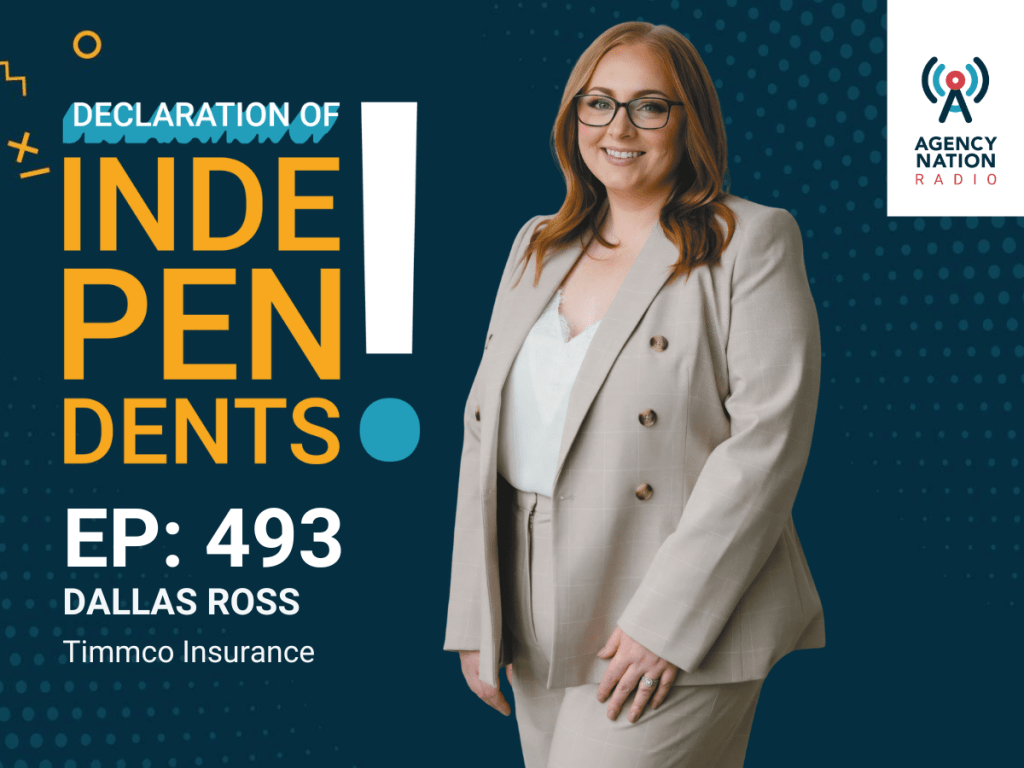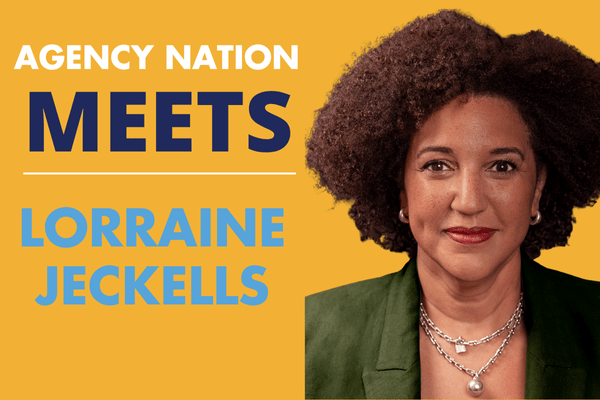The New Sales Era
By: Susan Hodges
| Don Grauel has seen it more than once: a client who balks when Grauel walks in carrying a 15-page sales presentation. “Younger people expect bullet points,” explains the president of L.E. Goldsborough & Son, Inc., a Baltimore-based multilines agency. “And many insurance proposals aren’t bullet-point friendly.” As a result, Grauel and his six producers are getting creative—even if it only means drawing diagrams on the back of a piece of paper. “More and more people are used to communicating with 140-character texts, short Facebook posts and bullet points,” says Grauel. “So we’re using more illustrations in our sales presentations and putting more information into bullet points. We may not do it for the whole proposal, but we realize we need to provide something visual, something auditory and something written. People are starting to expect it.” Short and Sweet Welcome to Post-Recession Selling, where customers still care deeply about cost but want the best and most coverage; where your detailed explanations about risk get lost amid buzzes from a prospect’s smartphone. “The biggest reason we’ve changed is competition in the marketplace,” says Grauel. “We’re not going to compete with the $1.3 billion that direct writers spent last year on marketing, so we have to do things differently. That means consultative selling: We collect information, we provide information and we figure out how to solve someone’s problems.” To do that requires a return to selling basics. But Scott Addis, president and CEO of The Addis Group agency and Addis Intellectual Capital LLC, both of Philadelphia, says he sees agents taking shortcuts that do more harm than good. “There’s a four-step process that is sales at its most basic,” he says. “But so many producers start at step three!”
“Think about it,” says Addis. “If you do steps one and two, you [and what you sell] can’t be considered a commodity. Someone who thinks strategically for you is not a commodity.” What’s more, Addis says it’s impossible to do step three correctly if you haven’t first done steps one and two. “Let’s say you own Smith Manufacturing, and you tell me you have a supplier in the Pacific Northwest,” he says. “I then ask if this company is your sole supplier, and you say it is. I realize that if your sole supplier went down for a time, you could need business interruption insurance—and maybe cyber liability coverage if you do any business online.” Through probing, you identify the client’s exposures and devise risk management strategies. “There are such huge opportunities available,” says Addis, “if agents just keep thinking about discovery, strategy and then implementation.” Probe for Post-Recession Changes Angela Ripley agrees with Addis. The president of V.W. Brown Insurance Services in Columbia, Md., and her six producers focus on gathering as much information from customers as possible—especially before renewal. “We want to make sure we cover all the liability, but also identify anything that’s changed on the property side, too,” Ripley says. Construction contractors are a perfect example. “During the recession, they may have diversified their businesses,” she explains. “Before, they may have only done plumbing, but when times got tough, they took on jobs in heating and air conditioning as well. Those exposures have to be covered.” Ripley says existing commercial clients may have also recently acquired other companies. “The trend now is for smaller contractor shops to be absorbed by larger shops,” she says. Resulting increases in payroll and revenue at the larger shops indicate a need for more coverage—and more premium. If producers at V.W. Brown are doing their jobs well, all of this information is revealed during the prerenewal meeting. “We try to ask as many questions as possible, because the more we ask, the more information we get,” says Ripley. “We ask pointed questions, too, because the answers lead to still other questions, and sometimes to additional sales.” V.W. Brown insures a number of restaurants, leading producers to ask these clients not only about headcount, but whether the eateries are experiencing high staff turnover. “They might say yes, they’re seeing a lot of turnover because revenues are down and people are leaving,” Ripley explains. “Or they might say yes, they’re seeing turnover because they’re hiring college kids who are home for the summer and they expect to get busier.” Either way, the answer needs more context than whether just headcount changed from last year. “Great sales people are not great talkers, they’re great listeners,” says Dave Kahle, author of nine books about selling, including “Question Your Way to Sales Success.” “The communication process is vital, and the key still is finding out what the customer wants. In a world where everyone vies for your attention, even as you fill your car with gas, the person who asks what you want and need truly stands out from the crowd.” Analyze Client Potential But finding the best way to pose these questions can be tricky, since no single communications strategy works for everyone. “The world is getting more complex,” says Kahle. “Sixty-year-olds still want personal contact through a phone call or visit. But twenty-somethings may be content with completely electronic communication.” The lesson, Kahle says, is to define multiple market segments by demographics—and by the media that most effectively reach them. By identifying client wants and communication preferences, you’ll probably also want an idea of their potential business with your agency. Spending too much time on unprofitable prospects and customers erases profit. That’s why Kahle suggests applying two simple criteria to each client and prospect. “First, ask yourself: If this prospect bought everything he or she could from us over time, how much would that be?” says Kahle. Then, insert a time element. In a commercial lines situation, if the client bought everything he or she needed and wanted from us in one to two years, what would that business be worth? In a personal lines situation, figure the same total over five years. “Setting a specific time period allows you to compare one customer to another,” he says. Next, consider subjective criteria important to you and the agency. Is the client easy to do business with? Does he pay his bills on time? Is her business positioned in a growing market? Create criteria to quickly identify clients and prospects with the most business potential. Apply the criteria to each one you encounter, and Kahle says you’ll have a highly effective way to grow a great book of business. Shift Resources Now that the recession is easing, though, don’t expect that business will return to its previous pace. More likely, competitors will attack from all sides. “It used to be that your phone would ring,” recalls Mike McCartin, president of Joseph W. McCartin Insurance, Inc., in Beltsville, Md. So many competitors are contacting his clients now that McCartin is doing all he can to market in the right places and stay in touch with his policyholders. “One guy told me he’d gotten 50 calls recently from people wanting to quote his business,” McCartin says. “There are people out there willing to work 60 hours a week,and they’re trying to get in front of our clients.” Other pressures bearing down on property-casualty sales include the hardening market in homeowners and workers compensation coverage. But McCartin says in Maryland, one market—personal auto—is softening. “Everyone in the Mid-Atlantic wants to write auto,” he says. “Our June [auto] business was down 1%, and we wrote 50% more policies than last year. Rates are very, very competitive.” Not surprisingly, perhaps, McCartin is growing his personal lines business partly through acquisitions. “It’s just easier,” he says. The agency completed one purchase earlier this year and promptly sent letters to new clients, explaining why some rates are on the rise and detailing steps they can take to keep increases to a minimum. Says McCartin, “We got a lot of positive feedback on that.” McCartin is also working to grow organically, hunting new personal lines business and pushing to round out accounts. “If I have your auto but not your home, I know I’m not going to keep it,” he says. “Monoline business has a much higher chance of being lost to someone else.” Another recent McCartin move: ending the cold-calling done by an outside firm and increasing online advertising and search engine optimization. “We wrote 48 auto policies in the first three months of this year and that’s terrible,” he says. “This [second] quarter we wrote more than 70, which is closer to where we need to be.” Does the increase recoup the agency’s additional spending on the Internet? “Well, yes,” says McCartin, “it does.” Hurry Up or Stop Hurrying? But there is not one perfect strategy. “There’s not any magic out there,” warns the president of Richied & Associates in Reno, Nev. “We need to be working all the hours we have in a week and using that time as efficiently as possible.” Does that mean hurry up and prospect? Not exactly. “Use your time well, but when you’re at an appointment, don’t be in such a hurry,” says Richied. “Go in with the expectation of asking about extra coverage, and look for opportunities to discuss it.” But don’t stay too long, and be sure to follow-up with an email. It’s your smartphone you want to hear buzzing. Hodges (hodgeswrites@gmail.com) is an IA senior contributing writer. | Producer Comp: The New Normal More for new business and less for renewals—it’s a compensation strategy more agencies report is the norm. “We’re paying less on renewal, because the staff does the bulk of the work,” says Mike McCartin, president of Joseph W. McCartin Insurance Services, in Beltsville, Md.: “We want to motivate our producers to write new business; that’s their job.” McCartin says his challenge is to help his four producers understand the importance—and rewards—of consistent effort. “They need to be building relationships and networks of referrals,” he says. “That’s what pays off.” One of his producers went to close a deal recently with a horticulturalist, and upon request gave the landscaper the name of another landscaper the agency insures. “The horticulturalist said, ‘We’re done,’ ” says McCartin. ” ’If you’re insuring him, I want you to insure me.’ ” Don Grauel, president of L.E. Goldsborough & Son, Inc., in Baltimore, isn’t doing much to change the way his outside producers are paid; he’s developing a program to reward his inside sales people. “In some ways, CSRs are better at selling than outside producers,” says Graul. “They’re the ones who wake up in the middle of the night when you don’t have an umbrella policy.” But don’t call them producers, Grauel advises, because most CSRs consider themselves service professionals rather than sales professionals. “I think you don’t approach it as selling,” he suggests. “You just remind your CSRs that you want them to do more of what they’ve been doing, and that is protecting the client. So you say it differently: ‘We’re not asking you to be a producer; we’re asking you to protect your customers even more. And for that, we’ll reward you.’” —S.H. |










